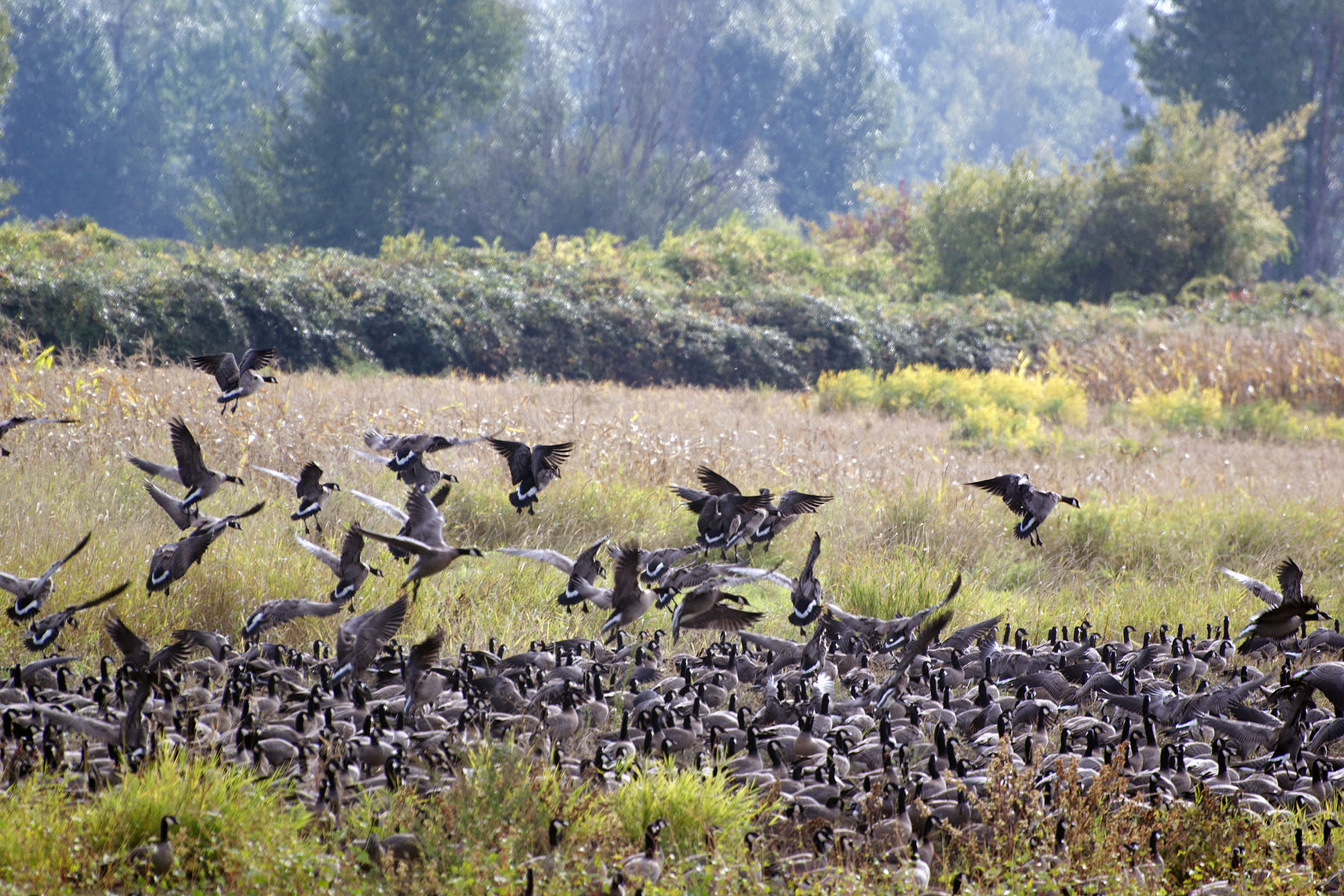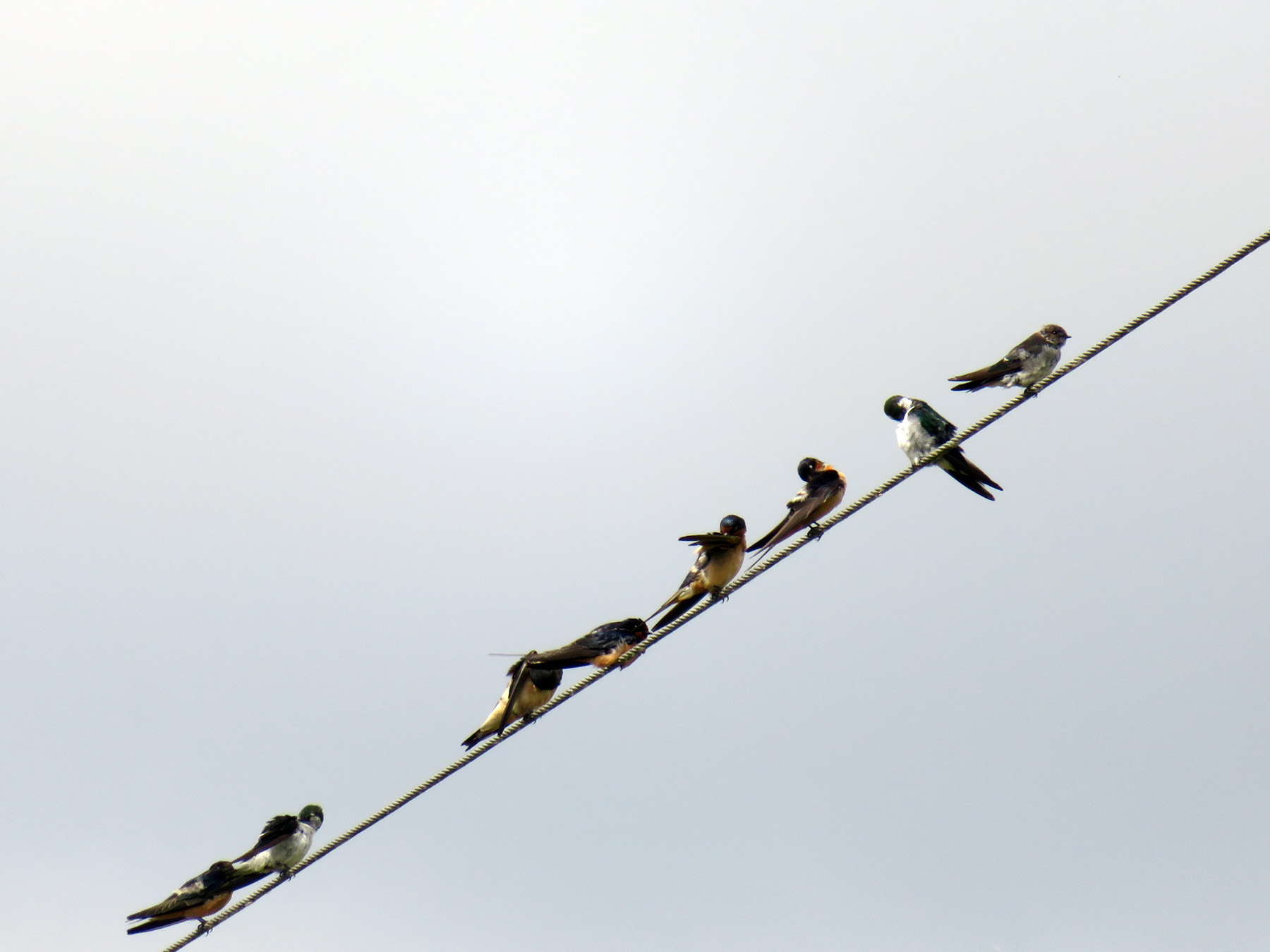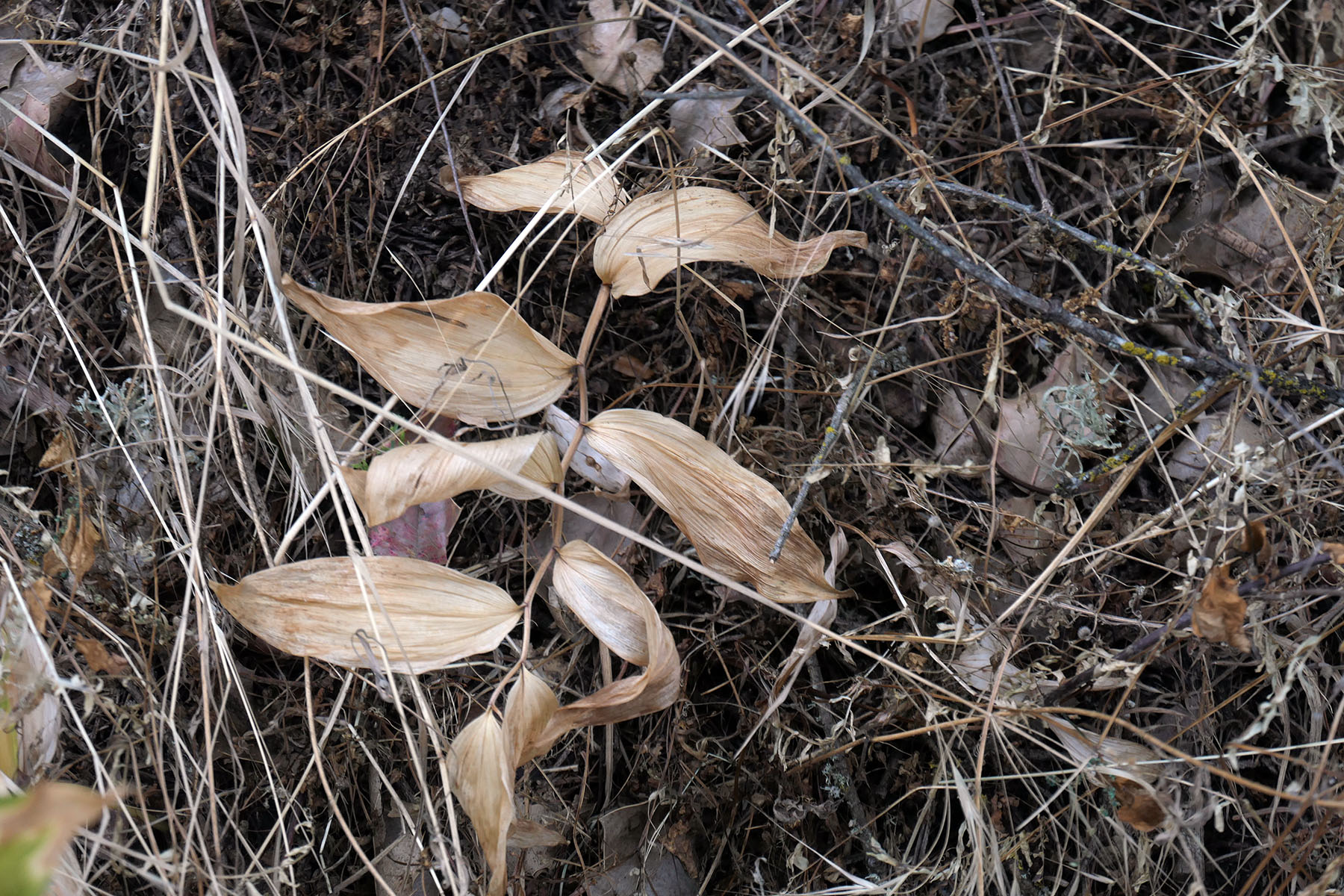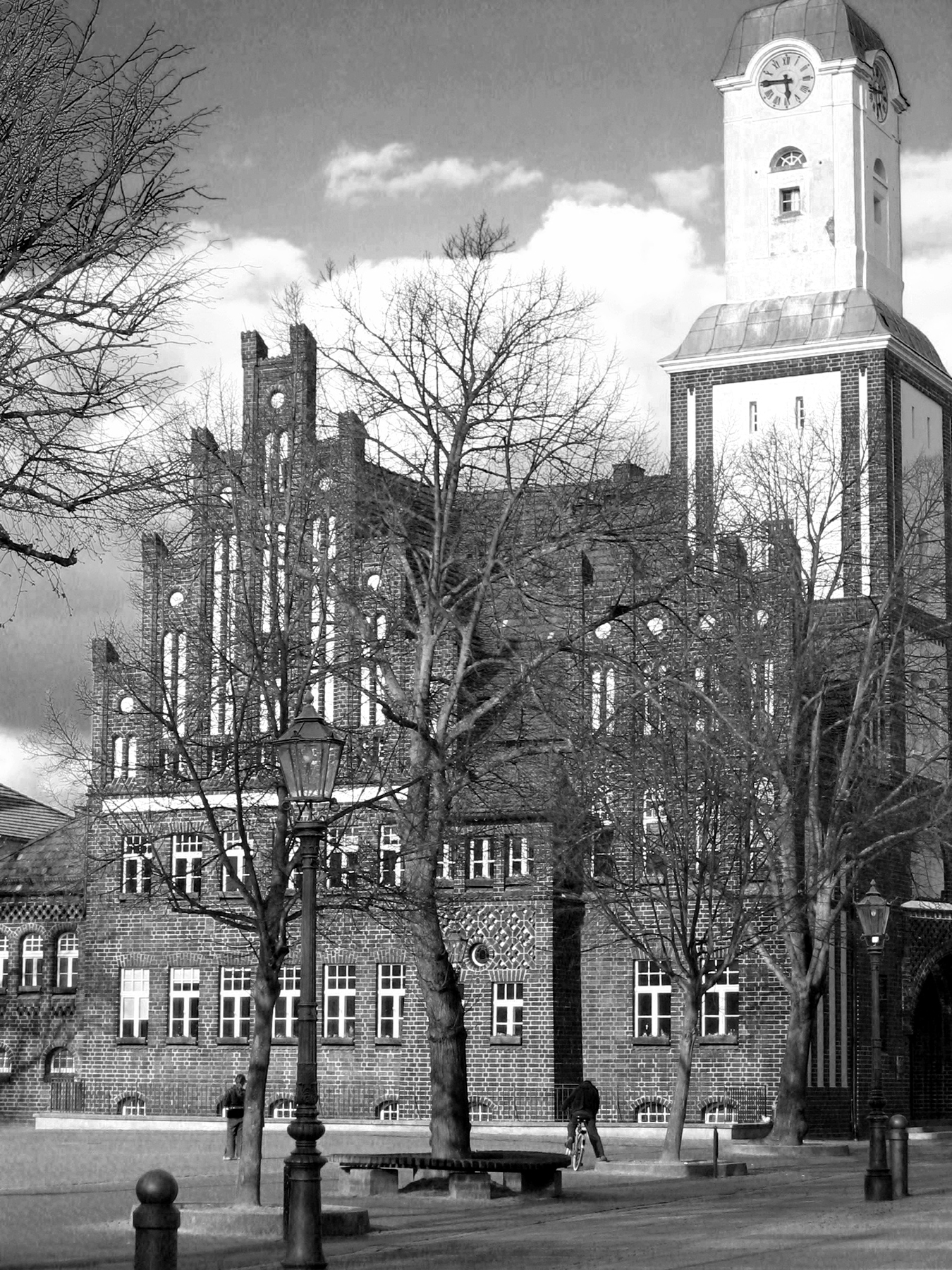“Magic consists in this, the true naming of a thing.” – Ursula Le Guin, A Wizard of Earthsea (1979)
There I was, making my way through throngs of revelers who had just disembarked the Santa Express, with another queue waiting to get on. Almost none of them wore masks, so I can be forgiven for thinking I had entered a wormhole – the very same thing had happened to me some years back. I was off to walk quietly at Oaks Bottom on a late Friday afternoon, not expecting anyone, and there was the spectacle of the steam engine, the Santas and reindeers climbing on board, the anticipatory joy in children’s faces.


Well, an occasion to photograph something other than herons and eagles and deer, although they did appear later in the afternoon in my field of view as well, with a howling pack of coyotes (heard, not seen) answering the locomotive’s whistle as a bonus.



My sense of duplicate experience was doubtlessly triggered by the book I’d been reading. Notice the past tense – the novel was so gripping that I finished it within a couple of days. The Anomaly by Hervé Le Téllier, translated by Adriana Hunter, winner of the 2020 Prix Goncourt, France’s highest literary honor, is a novel of dizzying complexity. It is a romp through various genres, sci-fi, mystery thriller, human comedy, romance, philosophical tractate, you name it.

The book also brims with literary allusions, thoughts about religion and politics, skewering with equal measure American and French politicians, the French and American media circus, evangelical crazies, the relentless hunger for fame and riches, the obscene black holes of capitalism, the emptiness of scientific prediction and discourse, the malleability of religious proscriptions, shall I go on?
Importantly, it asks us to think through how we construe reality and what would happen if we find out that we were completely wrong.

The author offers reflections on human psychology in considerable depth, and the possibilities of getting a second chance to do stuff over. None of it, amazingly, overpowers or interferes with the other – you can read this book simply as an amusing exercise in science fiction, or you can see it on par with serious philosophical texts that explore the notion of free will and the origins of consciousness. That in itself is a hard thing to pull off.
It looks like, and I would not be able to judge, that there is also linguistic slight-of-hand embedded in the pages. Le Téllier is part of a group called OULIPO, (Ouvroir de Litterature Potentielle founded in 1960,) which explores the possibilities of verse written under a system of structural constraints. Founded by mathematicians, they ride on funny mathematics formulas, like “N+7,” in which the writer takes a poem already in existence and substitutes each of the poem’s substantive nouns with the noun appearing seven nouns away in the dictionary.” Lots of smoke and whistles. (Professional NYT review here. )


So what’s the set-up of The Anomaly? (Caution, some spoilers inevitable…)
The book introduces us to a cast of characters seemingly unrelated, ranging from young children to aging Romeos, professional assassins to Ivy League lawyers, some famous, some not, some struggling, some successful, some sympathetic when first encountered, others not. Their various fates converge, in slow rhythm, with a shared airplane ride that turns out to have a true Doppelgänger – an Air France machine lands after experiencing some turbulence in the U.S. twice, about 3 months apart. The very same people, doubles of the earlier arrivals, with just a quarter year-span of life events between them that are not shared, are crammed into a military air base in New Jersey, and later released back into society.

The novel proceeds on two basic levels. One is the overall reaction of governments, countries, the superstructure of science and religion, clambering to make sense of it all and contain the potential revelations or consequences of this inexplicable event (which turns out to be less singular than first assumed.) It is on this level that much sardonic humor occurs, originally overshadowing the more serious question what one would do when encountering possibilities that shatter everything we believed to be true. The number of answers offered, from religious elders to scientists of all kinds, mathematicians, astro-physicist, molecular biologists, computer scientists etc. are mind boggling. The author’s background as a mathematician and science journalists makes it all sound plausible but also graspable for a layperson like me. The work of the Swedish philosopher Nick Bostrom concerning the dangers of unconstrained Artificial Intelligence and the possibility of virtual reality, living in a simulation, is also making an appearance in moving the plot forward.

The other level is the human interest aspect, in itself enough for a book of its own – how do you react when your double appears? Do you share, do you fight, do you integrate or destroy, do you want to continue as the same or take on a different persona (helpfully offered by authorities who seem to have the endless resources to double pensions, bank accounts, housing, job opportunities etc.)? What if there is one husband and two wives, one child and two mothers, one secret now shared by two with different motivations to reveal it? What if one of you got pregnant in the 3 months interval and the other didn’t? Additionally, how does the public in general react when confronted with the possibility that their entire world view is based on false assumptions? Will humans be violent, will they reform, will they reconnect with others in more humane ways when they are confronted with the explanations for this event?

The Doppelgänger theme is, of course, not entirely new to literature. Think of Vladimir Nabokov’s Despair, Joseph Conrad’s The Secret Sharer, Dostoevsky’s The Double, Poe’s William Wilson or Charles Dickens’ Tale of Two Cities. They all, though, had a way out, because it was really a different person that impersonated or was created to impersonate one’s own existence, if not an illusion to begin with. Le Guin’s protagonist in Earthsea is able to get rid of his evil double by finding out his name (sort of like Rumpelstiltskin, I thought.) None of this is applies to those who were created in the apparent anomaly during the transatlantic flight of the novel. They are exact copies of each other to the infinitesimal specs of DNA and experience, and here to stay. Moreover, it is not a scenario implicating two people, but one that affects the entire world.
How doubled individuals solve the dilemma is one question, answered by observing them. WHAT or WHO created this dilemma, and WHY, is the larger question and I will refrain from providing clues (assuming I came to the correct conclusion in the first place, which I would LOVE to discuss with anyone who is going to read this book.)

Let me just say that my brain had to digest some amount of moral philosophy and its role in a digital age that worships technology as well as military violence. A brain that was still humming from the shifts in perception when you get closer to the individuals faced with changing fates, a brain that was tickled by a lot of truly funny literary and cultural allusions to science fiction movies that made me laugh along the way.
One of the key figures in The Anomaly, a writer named Victor Miesel, answers the question about what he believes the true explanation of this doubling might be and what will change if an incredible revelation should turn out to be true: “Nothing. Nothing will change. We’ll wake up in the morning, we’ll go to work because we still have to pay the rent, we’ll eat and drink and make love, just like before. We’ll carry on behaving as if we’re real. We’re blind to anything that could prove that we are fooling ourselves. It’s only human. We’re not rational.”
The true naming of a thing, the magic of this book. Le Guin had it right. Again.

Music about our earth (Herbie Hancock) and a parallel universe (Bikram Ghosh.)





































































































